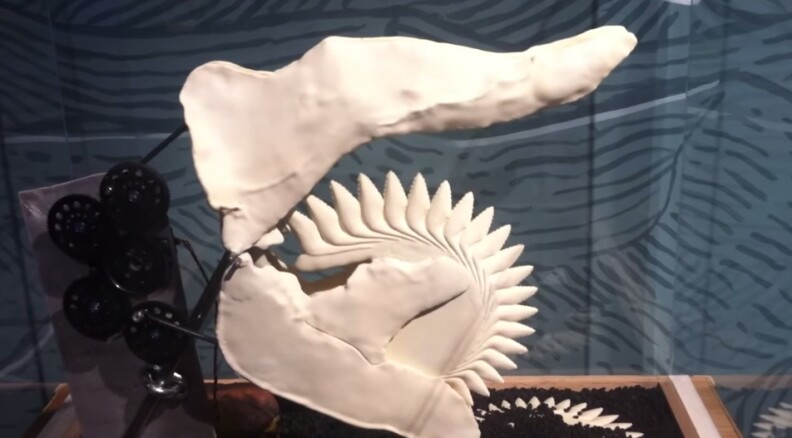The prehistoric ratfish was a shark-like creature with jaws that looked like a buzzsaw.
But until recently scientists didn't know how the ratfish used its teeth to catch and eat prey. New research is shedding light on this strange-looking creature.
A model created by paleontologists at Idaho State University demonstrates how the buzzsaw-mouthed fish would have sliced prey.
Brian Switek wrote about the fish for National Geographic and shot the video below.
https://www.youtube.com/watch?v=R61reJlzItQ
The ratfish--scientifically named Helicoprion--was a biter, Switek reported in National Geographic. The ratfish’s jaws were too narrow to suction feed, University of Rhode Island biologist Jason Ramsay and colleagues point out in a Journal of Morphology paper, and so old buzzsaw jaw had to actively chomp prey.
The process, Switek explained, went something like this: Teeth at the front snagged the prey and, as the jaws closed, moved the flesh backward. Here, the middle teeth speared the food, securing it in the mouth, before the back teeth bit in and sent the morsel down the hatch.
This illustration from Ramsay and his colleagues breaks it down.
Not a happy cephalopod. This is now one of my favorite science illustrations. http://t.co/E7ZWNKCipy pic.twitter.com/KrqfvKWkfZ
— Riley Black 🦕🏳️⚧️ (@Laelaps) September 6, 2014
Switek talks more about the fish's unique teeth and how it functioned and survived.



